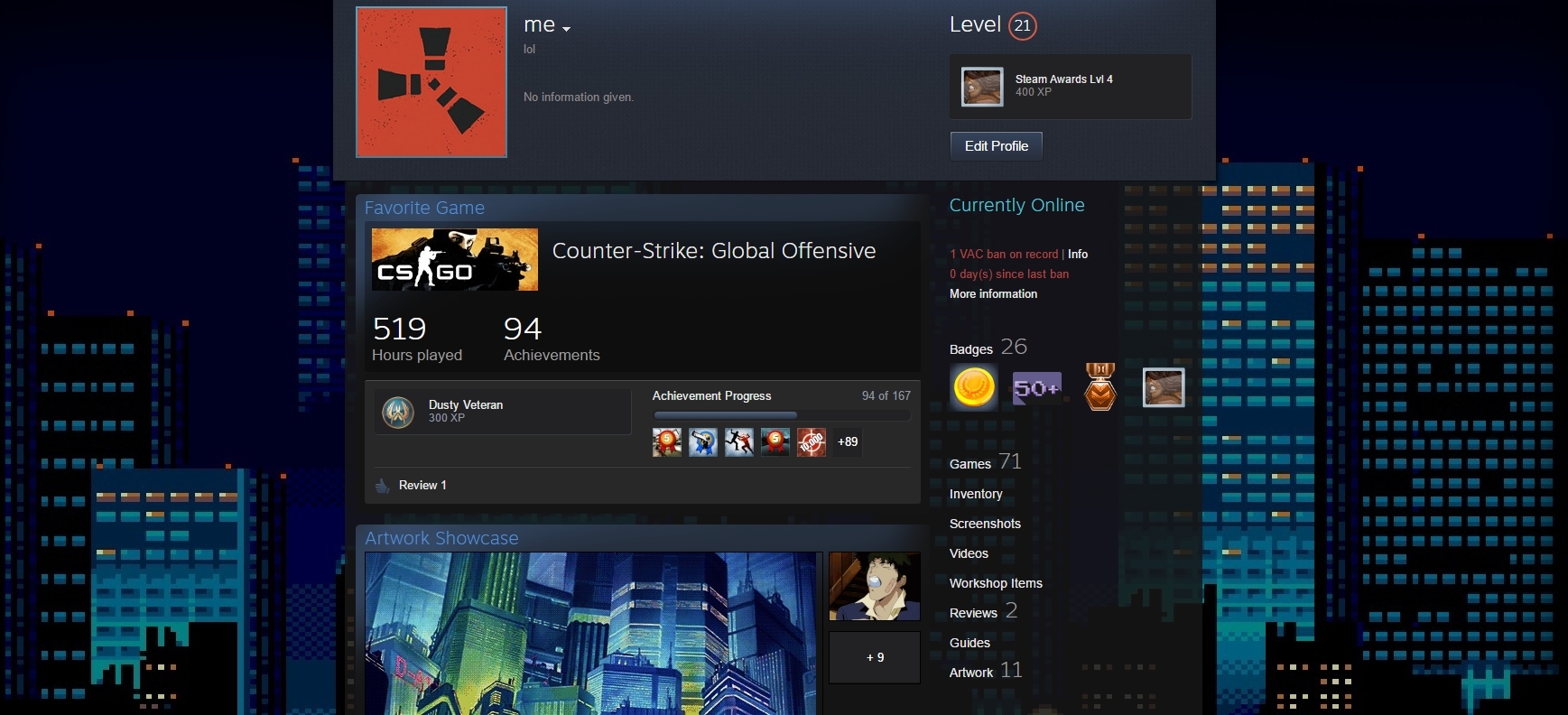

Lastly, buying a Steam account is like buying a huge game bundle. Whether that’s badges or trading cards, this is the most convenient way to get them. Buying an account with complete collections beats having to haggle and search all over for them. There’s also the collecting issue to consider. That means even if the game is off the listing, copies that are already bought would still be in the account’s library. Steam can’t do anything about games already in players’ accounts. Why Do Gamers Buy a Steam Account?įirst and foremost, a rare no longer obtainable game may be in its library. These characteristics along with the game library make the best value Steam accounts! Online marketplaces have a variety of online sellers to choose from. Some older accounts might even have the rare trading cards for unobtainable games! Trading Cards - Only applicable to most games, but these cards are a collector's dream.This is the only way to get some past badges.

Of course, past event badges won’t be coming back unless the platform does a rerun. Badges - These mark various account milestones, as well as which events the account has participated in.When looking for a specific game, try looking for accounts with the proper amount of years active. Older accounts have a higher chance of containing rare games than newer ones. Account Age - Steam usually marks how long an account has been active through a badge.Aside from the games in its library, here are a few other things to look at while picking one. Many online marketplaces offer these up, but only a few truly care for their users. One thing that buyers can do is buy Steam Accounts with these no longer obtainable games. However, due to age or other factors, some games have been taken off their listing with no way to get it again through the platform. It can be applied manually, or through dedicated tools built into the game.Steam, owing to its longevity and popularity, has such a varied and wide range of games to offer. It's applied automatically through an external tool that analyzes game integrity during gameplay, discovering modification to the game code.ĭeveloper ban AKA game ban only applies to a singular game in which you have cheated, and applies to any notoriously disruptive players - griefing, cheating in competitive games through abuse of in-game mechanics, severe violations of chat etiquette etc. Besides that, VAC ban applies only, and strictly to cheating in the game through modifying the game behavior - using external tools or changing the game code. So basically a game ban is the same, just given by a different system and likely for different (more) reasons and not just for cheating.įirst off, VAC ban in case of some games covers a wide group of games - you get banned in one, you're banned in all. Game bans must at all times uphold the VAC rules, for example a game ban must not ban the player from playing the game offline. Game bans can be expanded to VAC bans if the user in question is being caught by VAC.Game bans can be given by custom technologies, users or game devs themselves (such as CS:GOs Overwatch, which leads to a game ban after a community vote based on replays).VAC bans are given by Valve's anti cheat system and either automatic or given by employees.Also a VAC ban can be given for more than one game (usually all games using the same engine). The only difference is that a game ban is given by the game developer and a VAC ban is given by the Valve Anti-Cheat system.


 0 kommentar(er)
0 kommentar(er)
